How familiar are you with the stories that matter most?
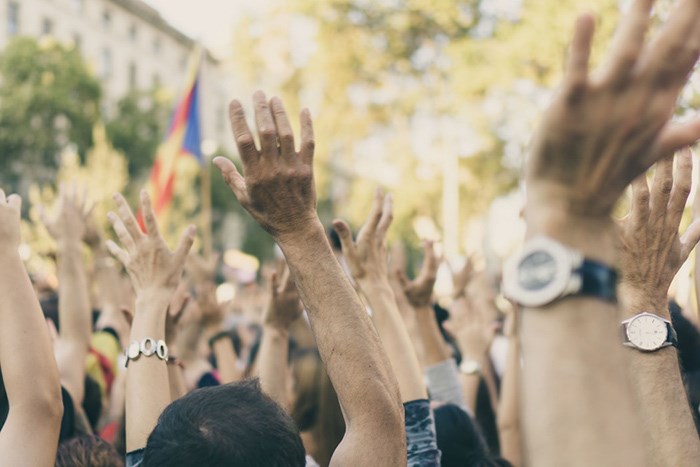 Unsplash
Unsplash
If the present is shaped by the past, then it’s important to know about the news stories that define the city we live in today. With that in mind, we’ve studied the CBC Vancouver archives to highlight five historical news events that every Vancouverite should know about. These are the stories that have shaped our city.
1886: The Great Fire of Vancouver
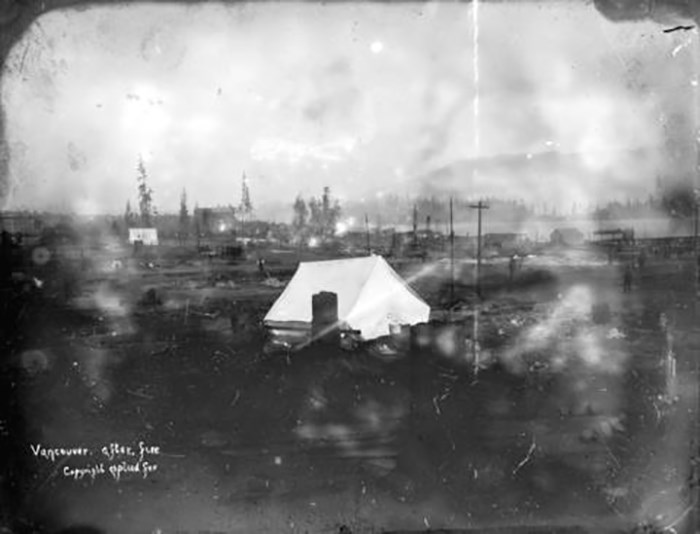 City of Vancouver Archives, LGN 455. Photo J.A. Brock and Harry T. Devin
City of Vancouver Archives, LGN 455. Photo J.A. Brock and Harry T. Devin
On June 13, 1886, a furious fire destroyed Vancouver in less than one hour. It was caused after flames from a brush-clearing fire blew onto dry brush just west of the city. About 1,000 wooden buildings—virtually the entire city—were totally destroyed. Equipped with only shovels, buckets and axes, the city’s firefighters tried desperately to tame the flames, but could not subdue the fire’s extreme force. Many people jumped into the Burrard Inlet to escape the flames and would have perished if they weren't rescued by First Nations paddlers who arrived from North Vancouver when they saw the destruction. A fundraising initiative raised enough money for the city to purchase its first fire engine, just six weeks after the fire. The city persevered and buildings began to be rebuilt within a matter of days.
1914: Komagata Maru Incident
The SS Komagata Maru arrived in Vancouver with 376 would-be immigrants from South Asia on May 23, 1914. Only 24 passengers were admitted to Canada, while the other 352 passengers - all British subjects - were not allowed to disembark, sitting in the harbour for two months before returning to India.On their return, twenty passengers were killed and others jailed after an ensuing riot.This represents one of many incidents where Canada utilized exclusion laws to exclude Asian immigrants, despite welcoming hundreds of thousands from Europe. Prime Minister Justin Trudeau apologized for the government’s decision to turn away the Komagata Maru in 2016, and Surrey is considering naming a street after the ship.
1985: Vancouver introduces the first SkyTrain in preparation for Expo 86
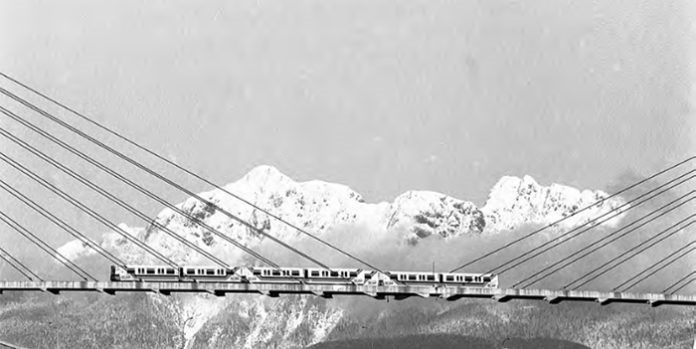 Photo: Mark van Manen/Vancouver Sun
Photo: Mark van Manen/Vancouver Sun
A highlight of Expo ’86, Vancouver’s SkyTrain actually opened on December 11, 1985, offering free service for the first eight days. The SkyTrain was meant to serve the influx of visitors to the city and showcase Expo 86’s theme: “Transportation and Communication: World in Motion – World in Touch”. In addition to the SkyTrain, Expo Centre (Science World), BC Place, Canada Place, Plaza of Nations and the Chinatown gates were all part of the city’s development and refurbishment plans in preparation for the World’s Fair.
2013: Idle No More protests at City Hall
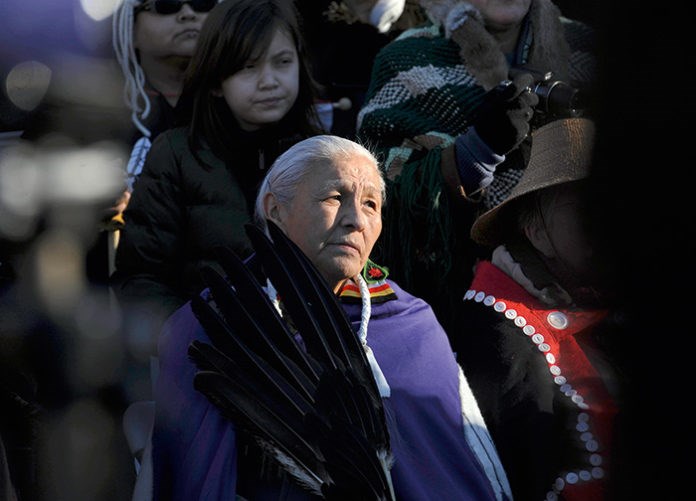 City on Edge: A Rebellious Century of Vancouver Protests, Riots, and Strikes (Jason Payne/PNG)
City on Edge: A Rebellious Century of Vancouver Protests, Riots, and Strikes (Jason Payne/PNG)
Idle No More protesters converged on Vancouver City Hall on January 11, 2013 as part of a national day of protest to coincide with a meeting between First Nations leaders and Prime Minister Stephen Harper in Ottawa. Founded by activists Nina Wilson, Sheelah Mclean, Jessica Gordon and Sylvia McAdam, Idle No More aimed to protect Indigenous Sovereignty, water, air, land and all creation for future generations. It was a direct response to alleged legislative abuses of Indigenous rights by the then Conservative federal government, represented by omnibus Bill C-45.
While reflecting on Idle No More with CBC in 2017, Sylvia McAdam said, “I don't think Canada will ever quite be the same again, because now [the government is] careful, they're thinking about Treaty, Indigenous sovereignty, nation to nation, meeting the TRC recommendations, UNDRIP [United Nations Declaration on the Rights of Indigenous Peoples] — this is unheard of if you explored that landscape 10 years ago. But the issue of land is unresolved.”
2017: NDP and Green party make historic pact
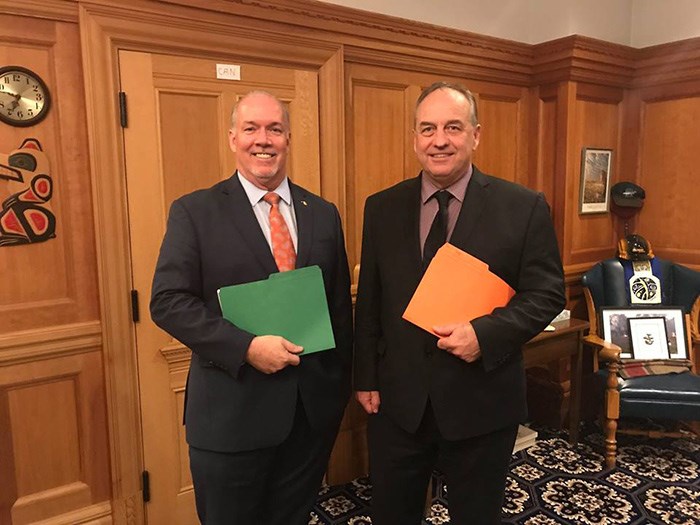 John Horgan Facebook (Official)
John Horgan Facebook (Official)
On May 30, 2017, B.C. NDP Leader John Horgan and B.C. Green party Leader Andrew Weaver signed an agreement in Victoria aimed at creating a stable minority government, which ousted the B.C. Liberals after 16 years in power. This pact marks the first time in Canadian history the Greens and NDP have made such an alliance, enshrining it with a formal four-year co-operation agreement. Within this agreement, both parties pledged to work to stop the federally approved Kinder Morgan pipeline project, which the Canadian federal government later announced its intent to acquire for $4.5 billion. You can read CBC’s coverage of all the twists and turns that led to this major political shift HERE.
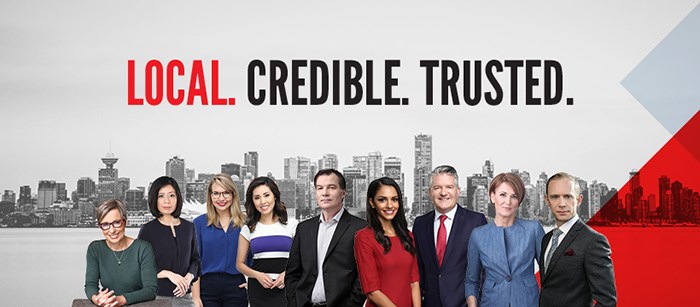
Want to stay up to date with what’s happening in your community? CBC Vancouver is your source for local news, current affairs, art, culture, history and more.
You can tune in to CBC Radio One at 88.1 FM (690 AM), and watch CBC Vancouver News on TV and streaming on CBC Gem. You can also follow CBC on Facebook, Instagram, or Twitter for ongoing and up-to-date reporting of the stories that matter most in B.C.
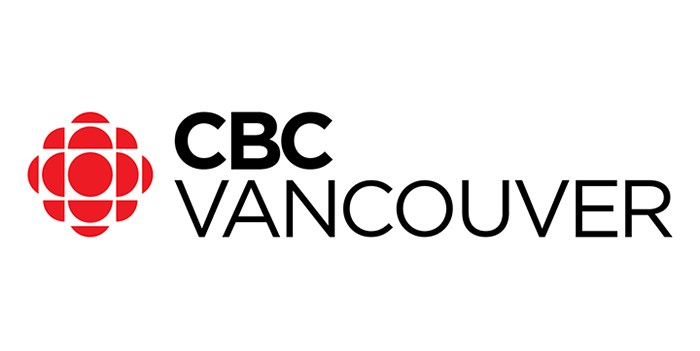 To learn more, visit cbc.ca
To learn more, visit cbc.ca


